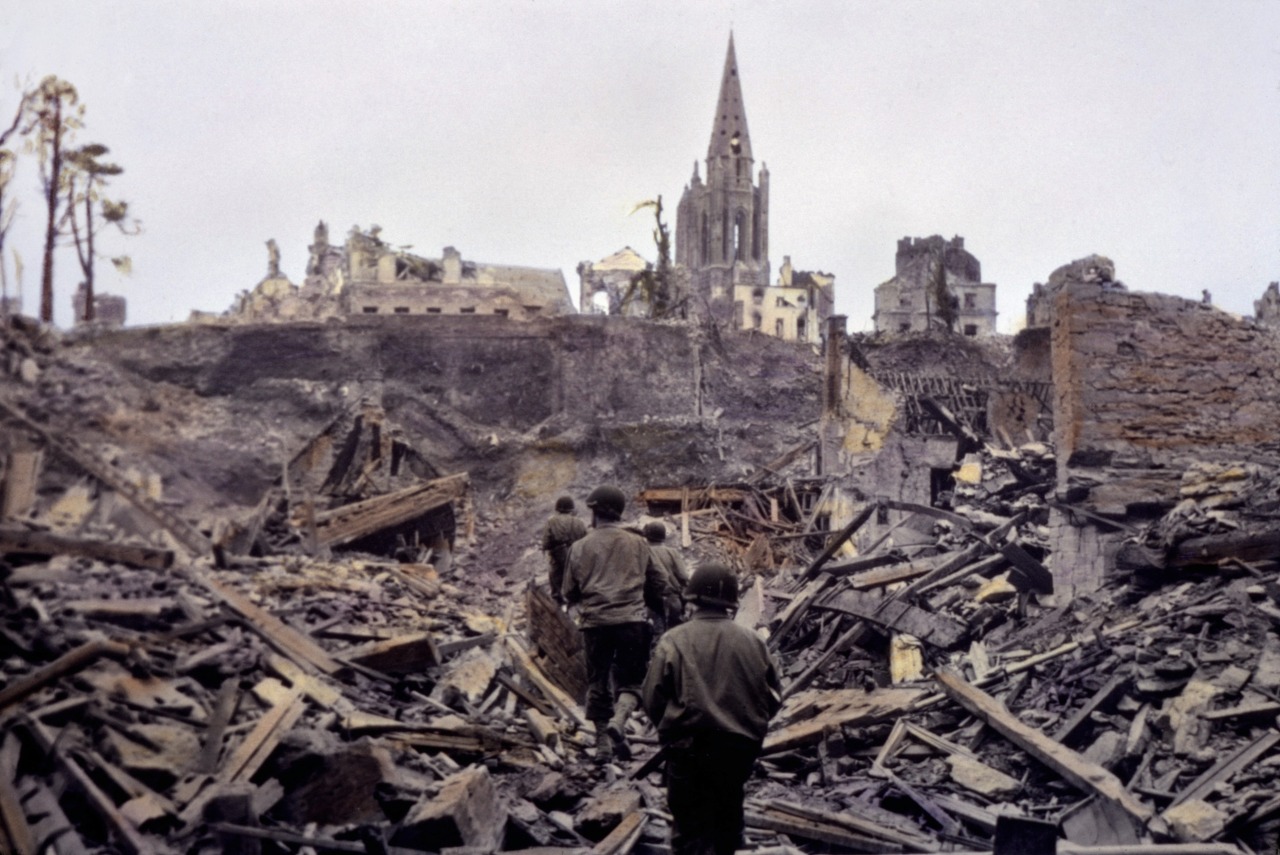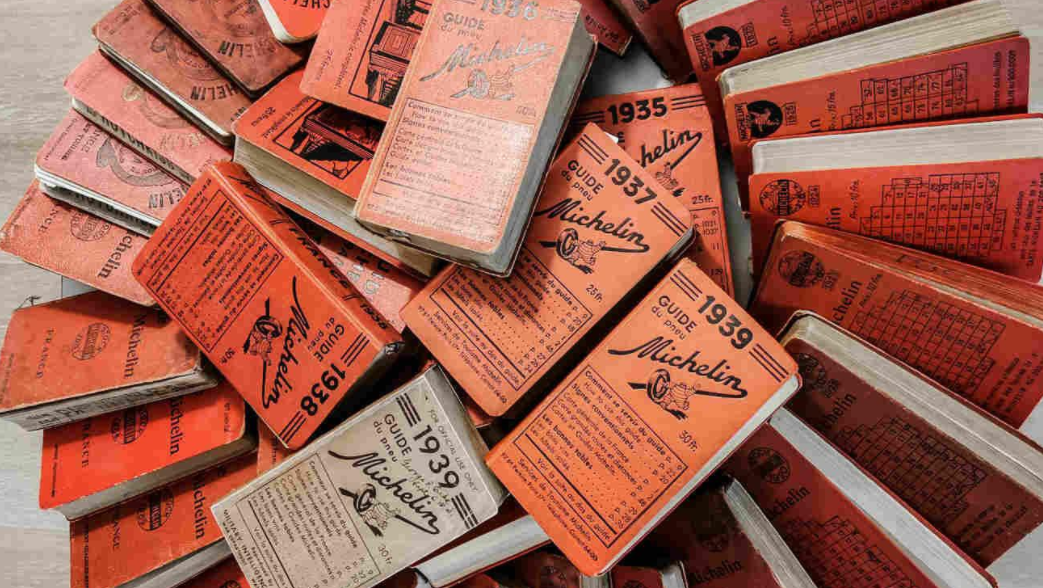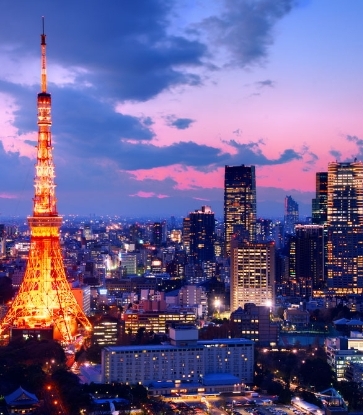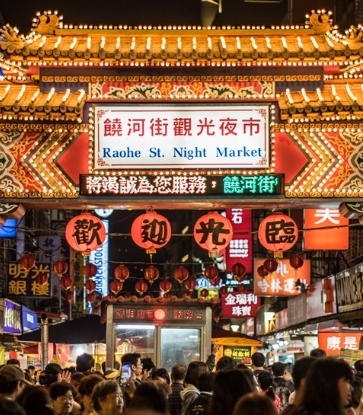In a city where the modern and traditional coexist in harmony, the MICHELIN Guide Seoul has become the most trusted guide for gourmet explorers. The Guide is set to publish its sixth edition later this year, showcasing a wide range of cuisines from a simple bowl of kalguksu to the most elaborate dinner courses.
The international editions of the MICHELIN Guide currently review more than 20,000 outstanding restaurants and facilities around the world. Its role is more vital than ever in celebrating the hospitality industry’s efforts to continue with a smile even through the ongoing pandemic. While awaiting the highly anticipated Seoul MICHELIN Guide 2022 edition, here are six stories about the Guide to whet your appetite.

1. A stack of tires became the Michelin Man
According to legend, the Michelin Man was invented during the Universal Exhibition of Lyons in 1894. Seeing a stack of tires in the hall, Edouard Michelin turned to his brother Andre Michelin and said, “Look! We could just add arms and make a man!”
The idea was pursued and the famous illustrator Marius Rousillon invented a man out of tires raising a glass full of road hazards, underscored by the Latin quote “Nunc est Bibendum”, which translates as “Now, let’s drink up”, or in other words, “Let’s swallow the obstacles”. The name caught the imagination of the general public and in 1898 “Bibendum” was born.
The Michelin Man, Bibendum, with good humor and boundless energy, was awarded Logo of the Century by the Financial Times in 2000.

2. The Guide was instrumental in World War II
What does the MICHELIN Guide have to do with World War II? In the spring of 1944, as Britain was coordinating the Armada due to land in Normandy and liberate Europe, the Allies were worried that their progression would be hampered through France, because all the signposts had been destroyed by the occupying forces.
After much research and agreement with the management of Michelin Paris, the Allies decided to reprint the last edition of the Michelin Guide, dating from 1939, which featured hundreds of detailed town maps.
The edition was entirely reprinted in Washington and given to the officers, stamped with the words “For official use only.” This was how the MICHELIN Guide contributed to the liberation of France.

3. A record-breaking Guide
Based on the number of sales worldwide, it is no exaggeration to say that the MICHELIN Guide is a bible for gourmands. There is no doubt that it is the most popular bestseller since the 20th century. Here, we introduce the number of records set by the Michelin Guide.
30,000,000
The number of MICHELIN Guides sold worldwide since 1900
800,000
The number of copies of the MICHELIN Guide France 2000 sold, the current record. Piled on top of each other, they would have made a stack 100 times higher than the Eiffel Tower!
100,000
The number of copies of the first MICHELIN Guide Tokyo sold on the day of its launch in 2008
658,600,000
The number of printed pages in the entire 2014 collection; laid out in a line, they would cover a distance representing 325 times the distance between the earth and the moon.
19,500
In Euros, the price of the most expensive copy in the world, a very rare specimen of the Michelin Guide France 1900, sold at auction in 2013.


5. Seoul’s dynamic gastronomic scene
Stars are awarded to the best establishments discovered by the MICHELIN Guide inspectors on their travels. In addition to serving exceptional cuisine rich in flavor, these restaurants offer cuisine imbued with the chef’s personality, bringing forth emotions that transcend the limits of taste.
Among 20,000 restaurants over 32 countries around the world evaluated and introduced by the Michelin Guide, only 15% of the total selection are 1-Star restaurant. Also, about 3% have 2 Stars, and less than 1% have three Stars. Among the MICHELIN Guide editions, there are areas where three stars are not awarded.
Over the last 5 years, the number of starred restaurants listed in the MICHELIN Guide Seoul has steadily increased: from 24 in the 2017 and 2018 editions, to 26 in 2019, and then to 31 in 2020 and in 2021. This shows that the local gastronomic landscape has grown over the recent years with the presence of the MICHELIN Guide. The curious gastronomic explorers are now waiting for the guide to reveal the new selection in the 2022 edition.

6. Korean restaurants bloom around the world
While Seoul’s gastronomic reputation has expanded with the welcomed variety of international cuisine, such as Thai, French and contemporary, it has also seen the rise of Korean food close to the locals’ hearts. It’s no surprise then with the increasing sophistication of Korean restaurants in the country, that more Korean restaurants can be found in the international editions of the MICHELIN Guide.
Outside of Seoul, there are 59 restaurants listed in the MICHELIN Guide under the Korean cuisine category. Among them, 24 restaurants are Bib Gourmand restaurants where you can enjoy good meals at reasonable prices. The Bib Gourmand Selection, created in 1997, aims to present gourmet experience for everyone. 10 Bib Gourmand restaurants are in the United States, six in neighboring Japan, and one each in France, Germany, Belgium, Brazil and Sweden.




















